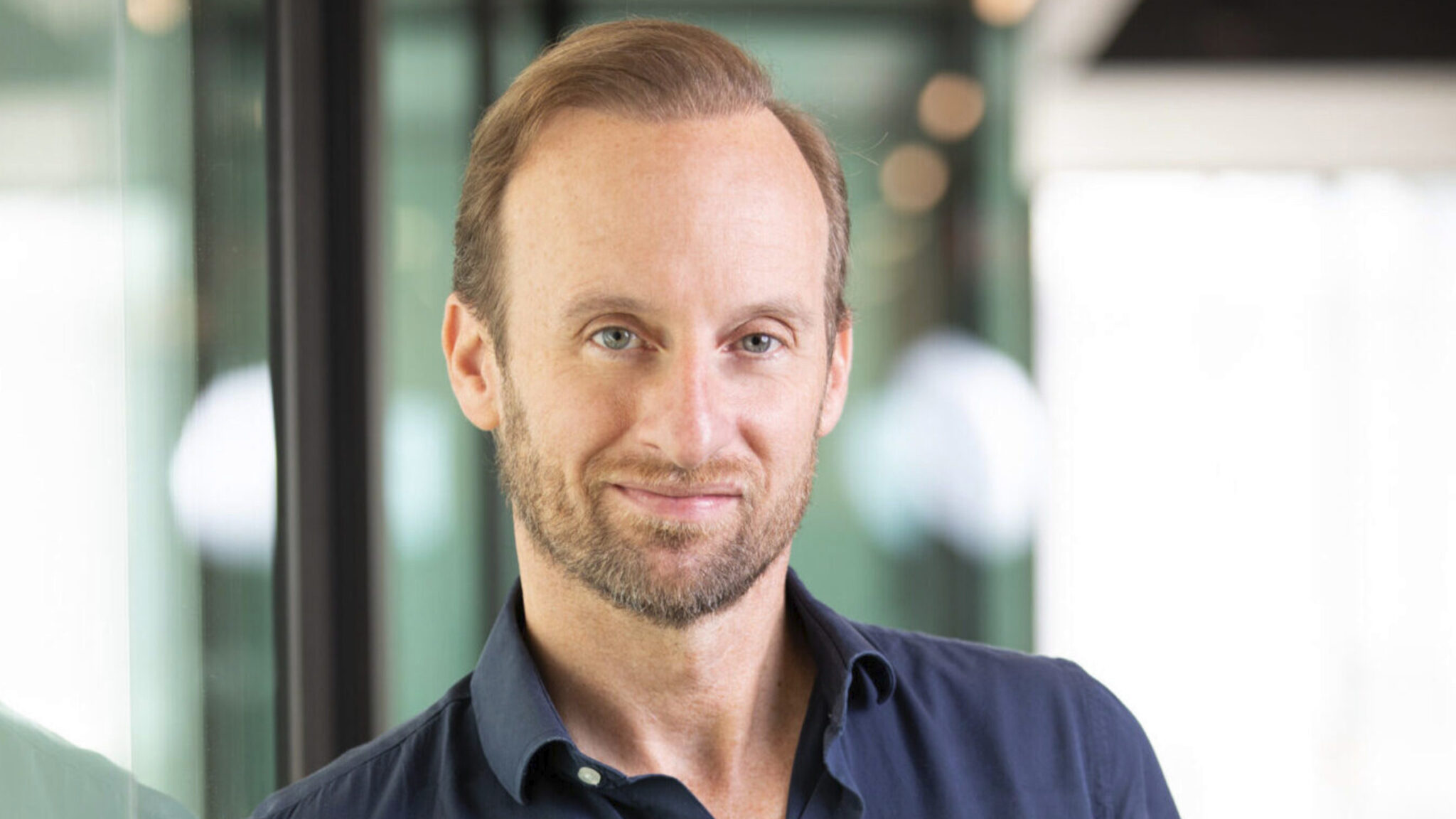
Simon Read, Curie Therapeutics CEO
Looking to run with Big Pharma, a radiopharma startup with backing from Atlas, RA thinks it has the chops to compete
Amid a renaissance in the field of radiopharmaceuticals, a growing chorus of biopharma players is rushing the stage to capitalize on tech breakthroughs. Biotech blue …
Sign up to read this article for free.
Get free access to a limited number of articles, plus choose newsletters to get straight to your inbox.